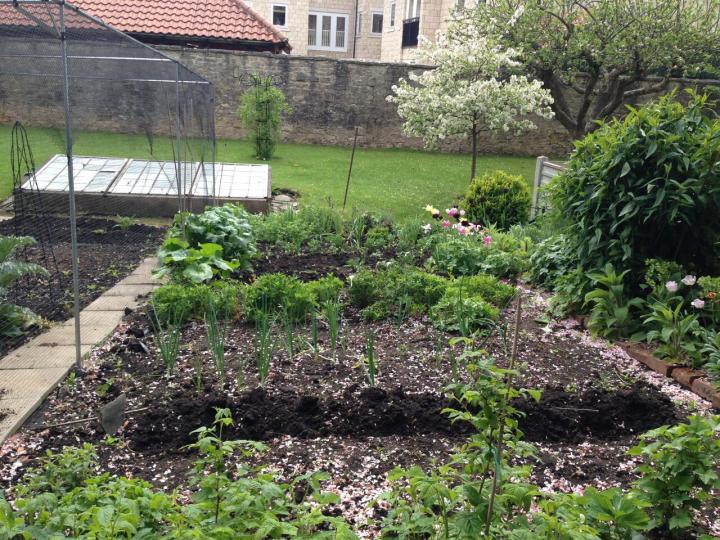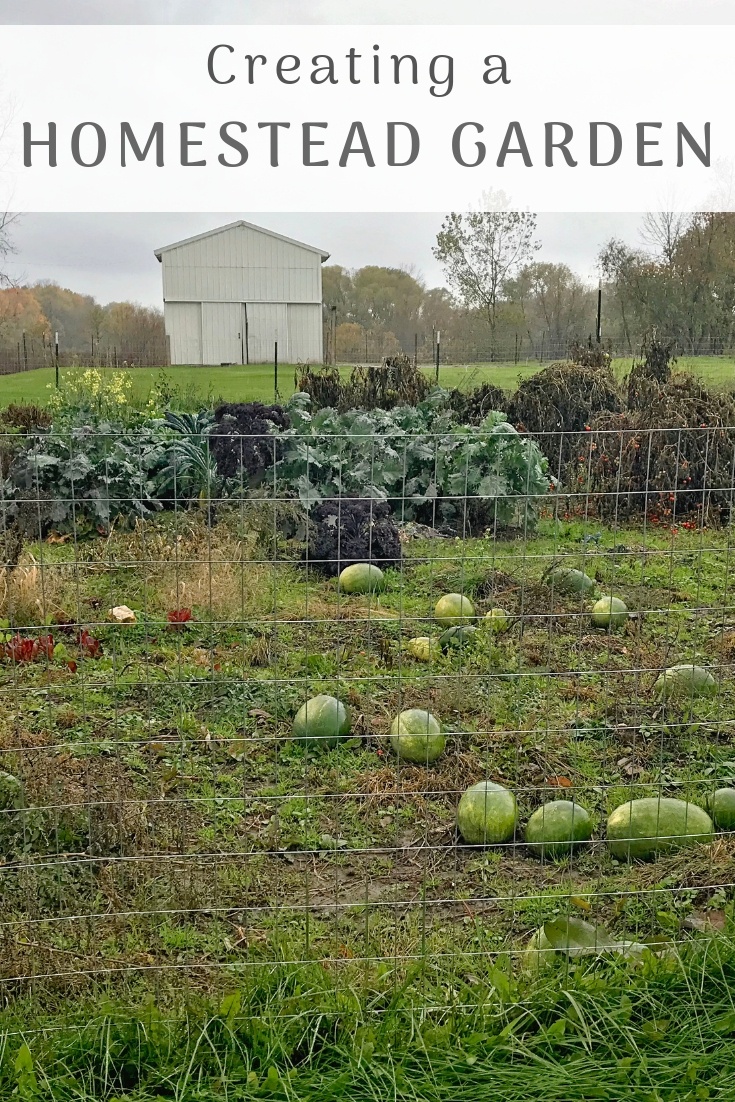Discover Important Tips for Effective Horticulture Techniques and Practices
By prioritizing crucial components such as soil health, reliable watering strategies, and ideal plant choice, gardeners can develop a flourishing ecosystem that sustains dynamic development. Lots of enthusiasts forget important details that can make or damage their gardening success-- discovering these neglected facets might expose the key to growing a flourishing yard.
Understanding Dirt Health
Soil wellness is an essential facet of successful horticulture, as it directly affects plant growth, nutrition schedule, and environment equilibrium. Healthy dirt is characterized by a rich biodiversity of microbes, raw material, and a balanced pH level, which with each other create an atmosphere for plant development.
To recognize soil health and wellness, one have to consider its physical, chemical, and biological residential or commercial properties. The appearance and framework of soil impact its capacity to retain wetness and nutrients, while the chemical make-up determines the accessibility of crucial elements like phosphorus, potassium, and nitrogen. Normal dirt testing is essential to examine these variables, allowing gardeners to make informed decisions relating to plant foods and modifications.
Moreover, promoting organic activity within the soil is crucial for preserving its health and wellness. Practices such as composting, plant turning, and the use of cover plants can enhance microbial diversity, enhance nutrient cycling, and decrease soil erosion. By prioritizing soil health, gardeners not just maximize plant development yet additionally add to a lasting environment, making sure that their horticulture methods are resilient and eco liable gradually.
Efficient Watering Techniques
Ensuring that plants obtain the ideal quantity of water is crucial for their health and wellness and growth, specifically when paired with a solid foundation of dirt health and wellness (Homestead Gardening). Efficient watering strategies can considerably influence plant vitality, reducing water wastefulness and advertising optimal growth
One essential method is deep watering, which motivates roots to expand much deeper into the dirt, improving dry spell resistance. This technique typically includes sprinkling less regularly but in bigger quantities, enabling moisture to permeate the origin zone completely. Timing is also vital; early morning is the optimal time to water, as it minimizes evaporation and permits foliage to dry throughout the day, reducing illness threats.
Additionally, utilizing compost can help maintain dirt moisture and control temperature level, more aiding effective sprinkling techniques. Utilizing a drip irrigation system can additionally provide targeted moisture directly to the origins, making certain that water reaches where it's most needed while saving sources.
Monitoring rainfall and soil wetness degrees can lead adjustments in your watering schedule, guaranteeing plants get regular hydration without over-saturation. By taking on these reliable sprinkling techniques, gardeners can foster a flourishing atmosphere for their plants to grow.
Plant Option and Positioning
Just how can the appropriate plant option and strategic placement transform a garden right into a prospering ecosystem? The synergy in between plant selections and their positioning is critical for creating a vivid yard. When picking plants, consider factors such as environment, dirt kind, and sunlight exposure. click here for info Native species are often the best selection as they are adjusted to regional problems and need much less maintenance.
Strategic positioning involves organizing plants according to their growth habits and requirements. Taller plants ought to be positioned at the back of boundaries to protect against shielding shorter plants. In addition, organizing plants with similar water and light needs can improve their growth and minimize competition for sources.
Integrating a diversity of plants not just adds visual charm yet likewise advertises biodiversity, bring in valuable bugs and pollinators. Consider the seasonal adjustments in your garden; pick a mix of annuals, evergreens, and published here perennials to ensure year-round passion.
Lastly, bear in mind to assess the fully grown size of plants before growing to avoid congestion and ensure sufficient air blood circulation. Thoughtful plant choice and critical placement produce an unified environment, enabling your yard to flourish while lessening obstacles.
Insect and Illness Monitoring
Effective bug and condition management is vital for keeping a healthy garden environment - Homestead Gardening. An aggressive approach, combining cultural, organic, and chemical approaches, can significantly decrease the effect of parasites and conditions on your plants

Organic controls, such as presenting valuable pests like ladybugs or predacious termites, can maintain parasite populaces in check without damaging the setting. In addition, preserving plant health and wellness with appropriate watering, fertilization, and pruning will bolster their strength versus illness.
When treatment why not look here is required, choose targeted chemical treatments, ensuring to adhere to application standards to lessen damage to non-target organisms. Always focus on lasting methods, as they promote lasting yard health and wellness and ecological equilibrium. By incorporating these strategies, garden enthusiasts can properly manage diseases and pests, making certain prospering plants and an efficient garden.

Seasonal Upkeep Practices
Throughout each season, executing targeted upkeep techniques is important for optimizing garden wellness and efficiency. In spring, emphasis on soil prep work by screening pH levels and including required amendments. This is additionally the optimal time to apply plant foods and mulch to preserve wetness and suppress weeds. Consistently check emerging plants for conditions and insects.
As summer season methods, make sure appropriate watering while keeping an eye on for signs of anxiety or condition. Prune back thick plants to urge air flow and lower humidity around foliage. This method not just enhances plant health and wellness yet also promotes blooming and fruiting.
With the arrival of fall, it's time to prepare for wintertime. Tidy up dropped leaves and debris to avoid parasite infestations, and think about growing cover plants to improve soil health. This season is additionally ideal for dividing perennials and planting spring-flowering bulbs.
Verdict
Effective gardening depend upon the integration of sound methods in soil health and wellness, watering, plant option, parasite monitoring, and seasonal maintenance. By prioritizing soil testing and microbial diversity, employing effective watering techniques, and choosing proper plants, garden enthusiasts can develop growing ecological communities. Additionally, proactive pest management and diligent seasonal upkeep contribute significantly to overall yard vigor. Welcoming these strategies cultivates a lasting and efficient gardening environment, ensuring flourishing development and strength throughout the altering seasons.
By prioritizing important elements such as dirt health and wellness, effective sprinkling techniques, and appropriate plant option, gardeners can create a growing environment that supports vivid growth. By focusing on soil health, garden enthusiasts not only enhance plant growth yet also add to a sustainable ecological community, making sure that their gardening methods are durable and environmentally accountable over time.
Taller plants should be positioned at the back of boundaries to avoid shielding shorter plants. Tidy up dropped leaves and debris to protect against insect invasions, and consider growing cover crops to enrich soil health and wellness.Successful gardening joints on the integration of audio techniques in soil health, watering, plant selection, insect administration, and seasonal maintenance.